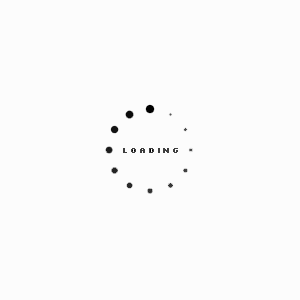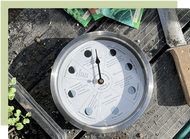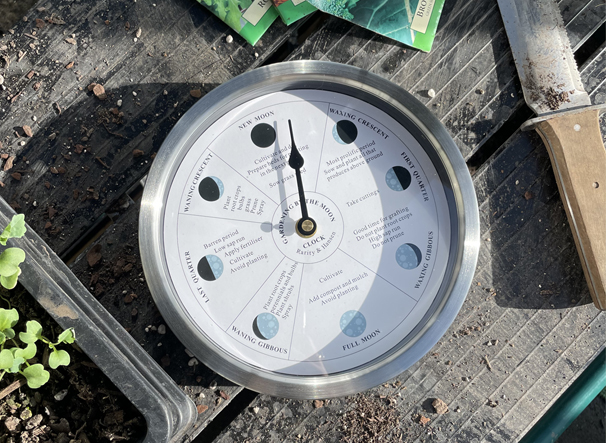Posted by Katrina from Blue Borage
13th Jul 2023
The Moon: our most powerful ally in the garden
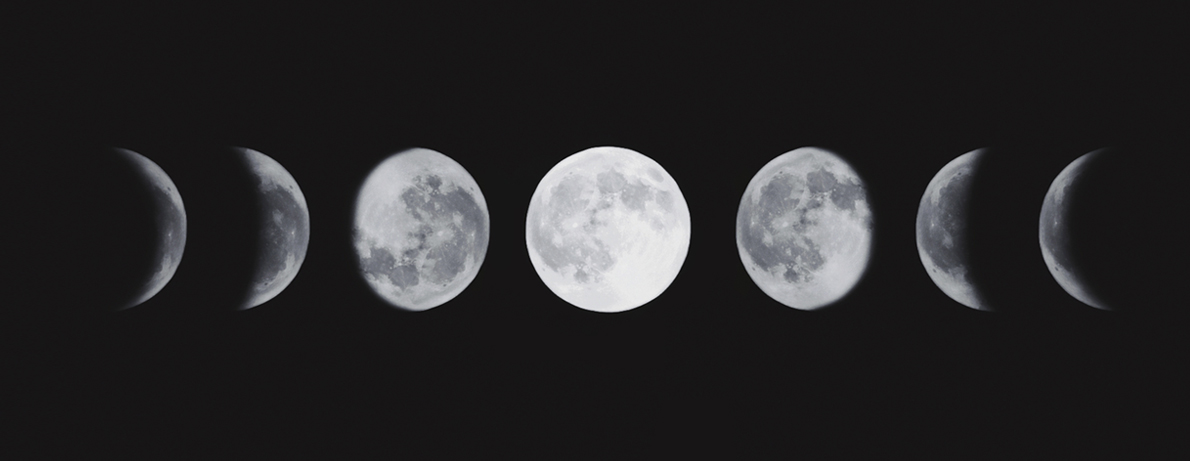
Curious about gardening by the moon? We’re delving into this ancient practice many gardeners have used for centuries. Gardening by the moon is rooted in the belief that the moon's phases and positions influence various aspects of plant life. It is said that the moon, with its gravitational pull, can affect the moisture content of the soil and even the sap flow within plants. By working in harmony with these celestial forces, gardeners hope for bountiful harvests, thriving flowers, and healthy, robust plants.
Gardening by the moon can be looked at as both a science and an art, blending ancient wisdom with modern horticultural practices. While some may approach it with deep-rooted beliefs and traditions, others see it as a way to tune in to the natural rhythms of the Earth and find harmony in their gardens. Read on to find out some practical tips and handy resources for this interesting gardening technique.
Katrina, the Compost Coach behind Blue Borage, has generously shared her knowledge & top resource recommendations for getting started with gardening by the moon:
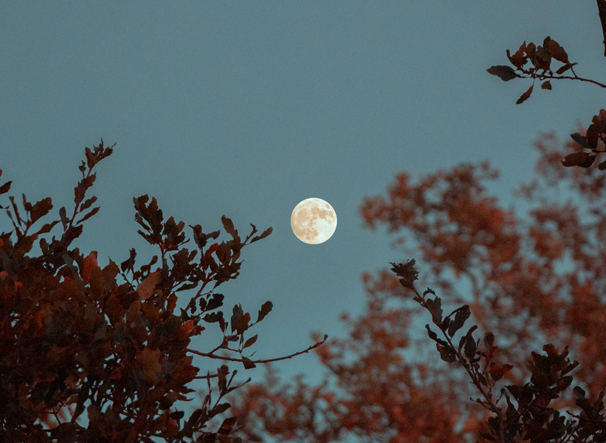
Who wants their gardening to be a little easier, plants healthier, without spending quite so much money on all sorts of remedies?
It was the combination of ease, productivity, plant health and cost savings that drew me towards gardening by the moon. That, along with the experience of visiting a friend's biodynamic garden and asking what made everything feel so full of life.
Imagine feeling like the garden is quite literally growing itself?
Here are some practical tips for home gardeners:
- Planting and transplanting in the descendig moon phase means there is less transplant shock, and therefore less follow-up care is needed. Use that time you've saved to enjoy cooking a favourite meal from scratch, or creating a beautiful trellis for your summer vegetables to climb up when the weather warms up.
- Sowing seeds in the ascending moon phase tends to give better results - consider the simple math that when more seeds germinate and thrive, then fewer packets of seeds are needed to fill the garden each season, with progressively less fuss and bother as healthy plants then start to self-seed and the garden quite literally grows itself.
- A nice thing to do for your fruit trees over winter (in a Descending moon period) is to apply a tree paste. You'll find lots of different recipes online, but I like the book 'Biodynamic Gardening' by Weleda for a thorough step-by-step guide. It's a bit like giving your beloved fruit trees a spa day, which can help prevent fungal issues.
- Here's a fun tip to experiment with your pruning (and even with your lawn mowing): if you want to encourage fresh growth, make your cuts in the waxing moon phase, but if you want to discourage fresh growth, then cut when the light is decreasing in the waning moon.
- Before following advice from a moon calendar, check in with your own energy levels – do you have energy to give to the garden today, or is it more a case of just enjoying the space, and getting energy back? This can be a reciprocal exchange that develops over time.
Biodynamic moon calendars
Here are the two calendars I use:
- Biodynamic Association of New Zealand
- The Astro Calendar by Brian Keats (Australian times)
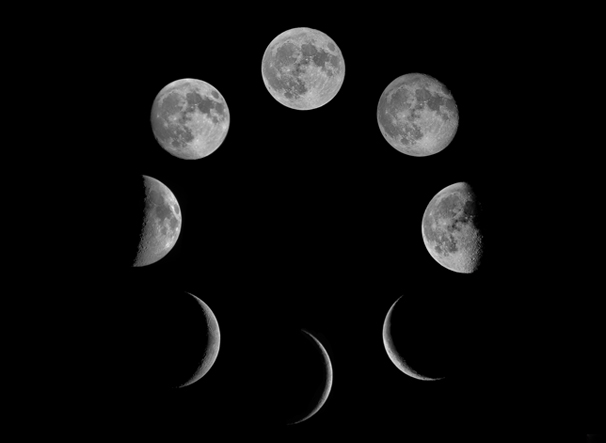
Biodynamics is going a bit deeper, adding in a few more layers of different rhythms, and a few more planets. For me, the main difference is taking into consideration the ascending and descending cycles of the moon, as well as the waxing and waning.
Skeptics might look at all the details and say 'why bother?' These people will find the majority of home gardeners and commercial growers agree.
It takes a special sort of gardener to want to synchronise with natural rhythms, it's often someone who is inclined to treat their plants like pets, who likes to make sure the water isn't too hot or too cold when watering their garden, and who asks permission before pruning. A sensitive gardener.
On a commercial scale, biodynamic growers and winemakers tend to be not just sensitive, but also dedicated to improving the health of the soil in a very objective, measurable and scientific manner, while also growing the highest quality of food possible. These are people who simply have to develop an acute awareness of weather patterns and learn to respond quickly to subtle nuances that indicate early signs of plant stress, pest pressure or the onset of disease in the sense of 'dis-ease', or the opposite of optimal health. You could almost call it sacred agriculture, and many call it cosmic agriculture.
You may not see yourself as a sensitive gardener, but perhaps you want the healthiest soil possible, with the most nutritious vegetables, plants with greater tolerance of drought (or floods), that are naturally resilient to pests and disease. These motivations are just as valid.
As we all gradually lessen the load of toxic chemicals in our food and our soil, we will all need to explore natural support systems – including the moon's cycles.
Which approach to follow?
There are lots of methods, with lots of commonalities between them, but as is often the case with holistic wellbeing, it can seem like you have to choose the 'right' one. I recommend you test out a few of them for a year or so, and if you have the headspace, then find a way to blend multiple approaches. For women who menstruate, layering your personal cycle into your garden planning is a really sensible step towards efficient use of fluctuating energy levels.
Maramataka: Here in Aotearoa New Zealand it makes sense to learn to follow the seasonal markers that helped the people of this land grow food long before industrial agriculture came here.
Tuhi Stationery: My favourite bilingual diary. Tuhi include a Maramataka guide with each calendar they send out.
Living by the stars: He's active on the 'Living by the stars' Facebook page, and has an impressive wall planner. Professor Rangi Matamua has won numerous awards for his work.
He's got a really fun video teaching the hand gestures for all 29 phases of the moon.
Heeni Hoterene shows the wider context of Maramataka – it's so much more than just gardening and fishing, but something that can be used by businesses and large organisations to foster wellbeing at work and in the community.
There's a wall planner so you can see at a glance where the moon is at, on any day.
Due to regional and iwi variations, it's wise to go find a local person to teach you the local version of the Maramataka. There are plenty of people teaching this, please invest in their resources so they can continue to develop this work.
Other perspectives
If you're looking for a simple way to begin aligning tasks with the waxing and waning cycles of the moon then this is a “gardening by the moon” clock from Gubba.
Moon wheel
Similar to the clock, this is another simple looking tool: you simply turn the dial to align the date with the phase of the moon, and you have a cycle of tasks that suit the waxing and waning moon cycles.
This is one of the most thorough guides I've seen, and informs thousands of homesteads and gardens around the country.
Final advice
Your garden is unique, your taste in food, flowers, shrubs, trees, and garden decor is also unique. There's a risk in following a lunar calendar that you start to take on someone elseʼs ideas of what should be done each season. Trust your instincts, tune into your garden, and let the plants, the soil, and the surrounding wildlife tell you what's most important.
Blue Borage offers the following guidance...
- A free monthly overview of the biodynamic moon calendar on YouTube here.
- A handy download here to list the tasks you have ahead this month, and then find the best times for just those tasks - let's keep things practical and simple.
- Consulting service to make a plan unique to your space. Book a free diagnostic call here to see if we are a good fit for each other.
- The 12 month 'DIY Almanac' programme to help you create a comprehensive garden planner that also tells a story of what matters most to you, an heirloom to pass on to future generations. Click here.
